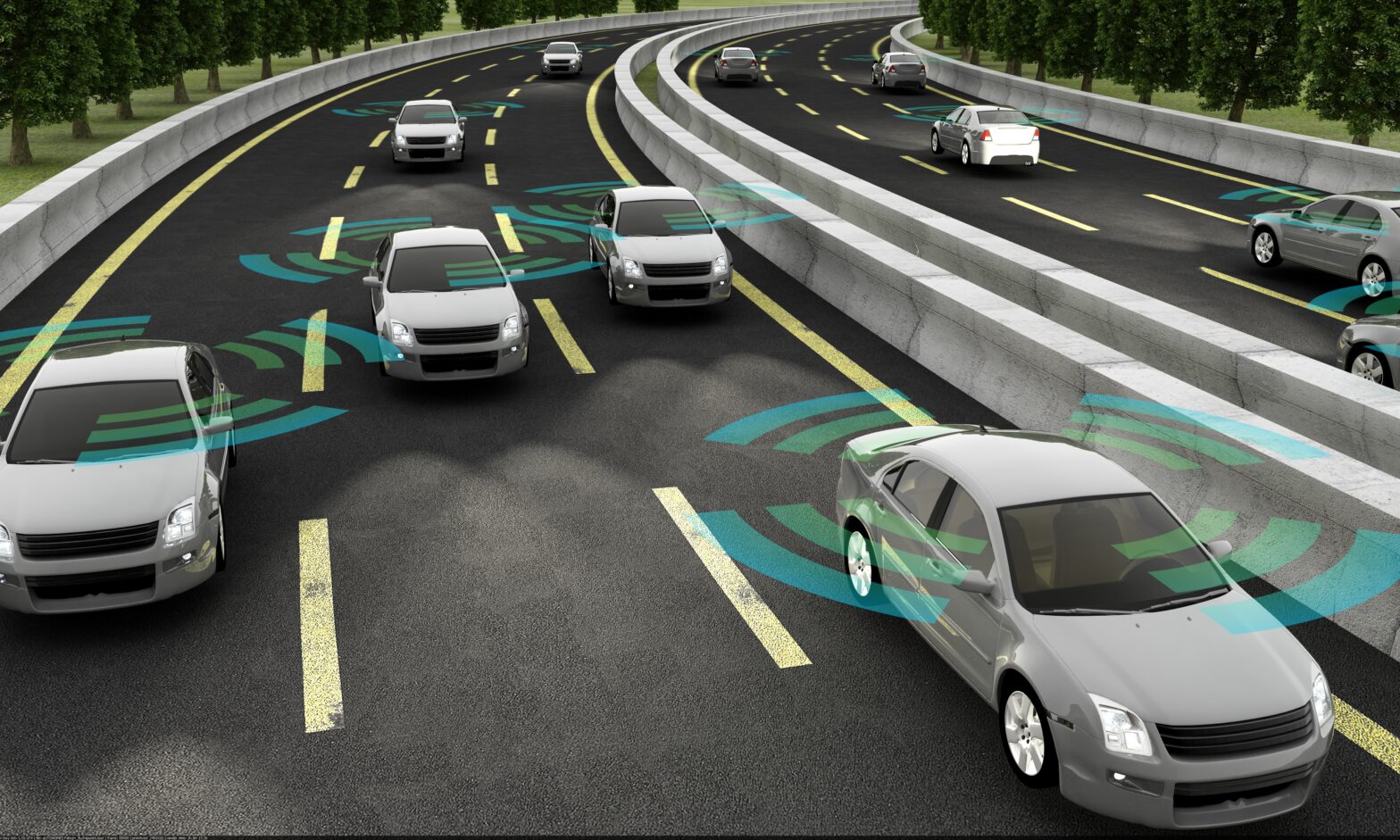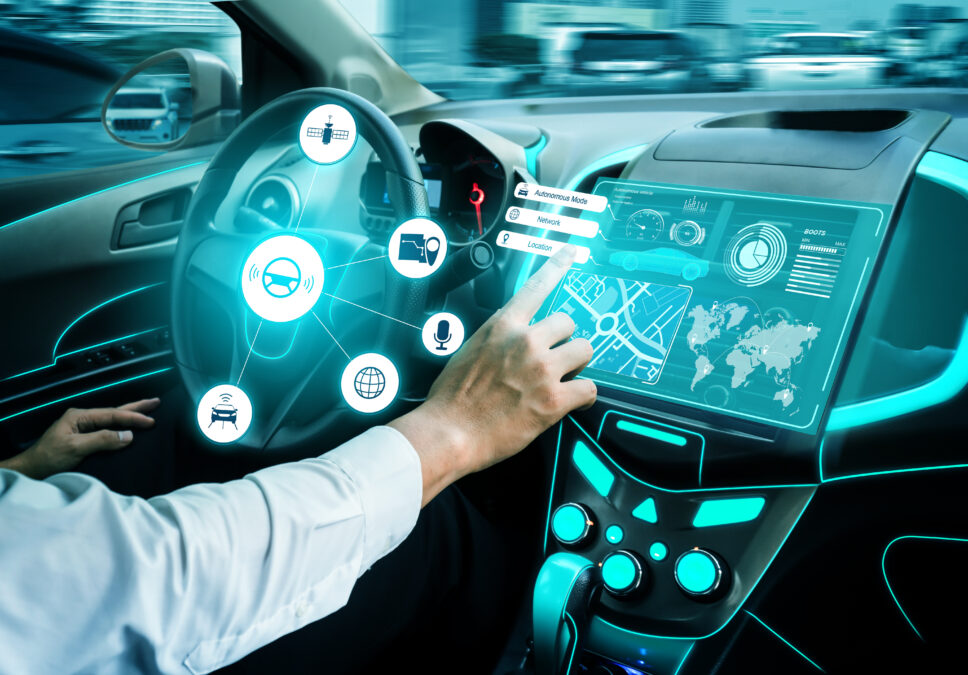Something that many technology businesses dream of is creating a product that epitomises our vision of what the future looks like. Consumer demands keep businesses constantly chasing faster, more convenient and more impressive ways to improve our everyday lives.
Driverless vehicles are becoming our closest touchpoint to the potential future that we could experience, with many businesses, such as Amazon and Google, testing ways to allow cars to drive themselves across entire countries.
Of course, blue-sky thinking is all well and good but what are the real-world implications of autonomous vehicles and how do we get there?
NVIDIA thinks they are close to opening up the world to the possibility of smart driving. At GTC Europe 2017 in Munich, Germany, NVIDIA today has announced the Drive PX Pegasus, a new entry to the Drive PX family of computing modules for self-driving cars. The Driver PX Pegasus is intended to be the next step in self-driving hardware by being the company’s first Level 5 system, meaning it’s capable of supporting fully automated driving for fully autonomous vehicles. Put succinctly, this is the holy grail of what NVIDIA has been building towards over the last few years.
According to Nvidia, the new Pegasus system is as small as a taxi license plate, but can do 320 trillion operations for second. The company said it can achieve this level of performance due to a combination of factors including the already announced Xavier SoC, which will include a powerful GPU based on Nvidia’s next-generation graphics technology (the generation following Volta).
NVIDIA co-founder and CEO, Jensen Huang has dedicated his company to solve the unsolvable problems. “Creating a fully self-driving car is one of society’s most important endeavours — and one of the most challenging to deliver.
“The breakthrough AI computing performance and efficiency of Pegasus is crucial for the industry to realise this vision. Driverless cars will enable new ride- and car-sharing services. New types of cars will be invented, resembling offices, living rooms or hotel rooms on wheels. Travellers will simply order up the type of vehicle they want, based on their destination and activities planned along the way. The future of society will be reshaped.”
“Ride-hailing industry expected to grow eightfold to $285B by 2030”. Goldman Sachs
With companies like Uber featuring heavily in the news for its controversies in handling driver contracts and passenger safety, driverless vehicles offer up a perfect solution to the problem. Taxi services are the prime target for such technology, using complex scanning cameras, algorithmic environmental analysis and hundreds of thousands of miles worth of road tracking gives driverless cars the capability to safely measure distances to other vehicles and hazards, follow navigation in real time and safely transport along the worlds busy streets.
The GPU power allows for intense loads of data to be compiled, analysed and processed much quicker than a CPU processor, significantly cutting down on size and power. A small chip can be placed in the back of the car and begin tracking the surroundings.
It’s a supercomputing data centre in your trunk.” Jensen Huang
In terms of specs, NVIDIA boasts more than 400 CPUs worth of power in a single chip. This ultimately allows them to scan all 300,000 collective miles of paved roads in the USA in two days.
This power is not only limited to taxi services; delivery services are also taking advantage of smart driving vehicles. Deep learning, combined with Artificial Intelligence, helps to develop safe and reliable driverless vehicles that can transport goods and services direct to your door.
Fabian Schmitt, Deutsche Post CTO, also spoke out in Munich, disgusting how autonomous drones and intelligent parcel stations will revolutionise logistics.
“Safety is obviously a big concern when it comes to autonomous vehicles, but cooperative work between the vehicle and a deliveryman can dramatically improve efficiency and reduce the potential danger. We are really keen to try and improve the efficieny of driverless vehicles and AI can really help future businesses to transport goods quickly and also efficiently store or deliver products across both localised short distances or across country.”







